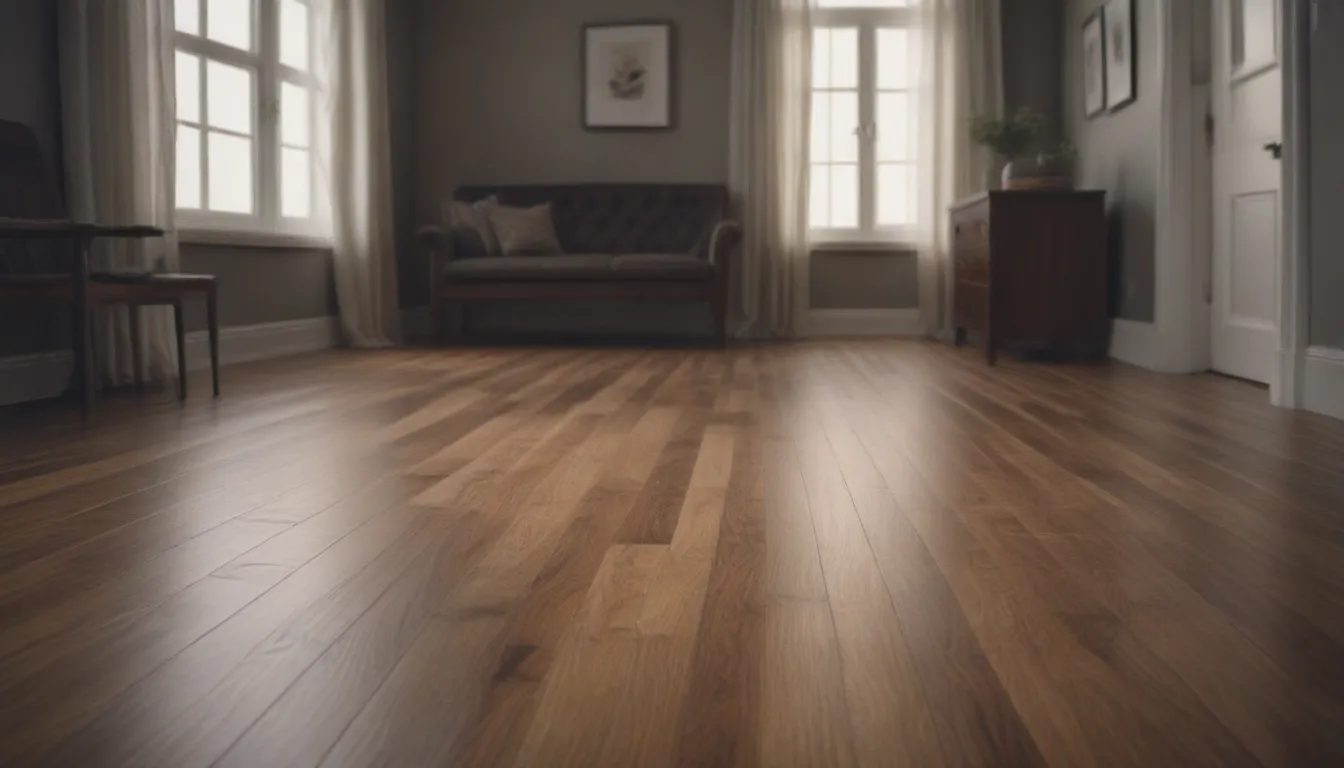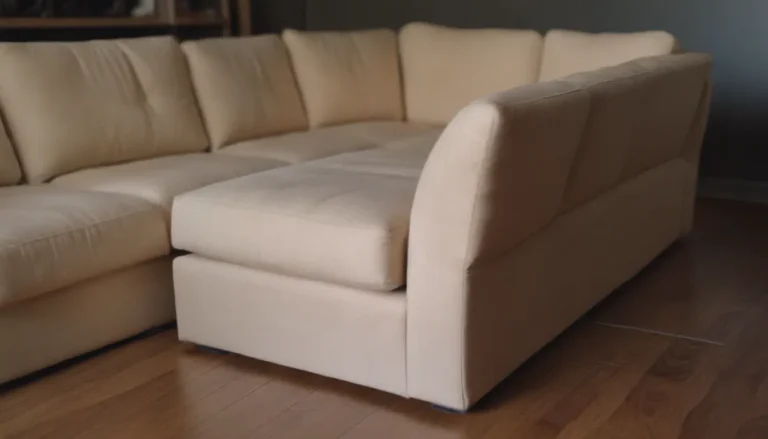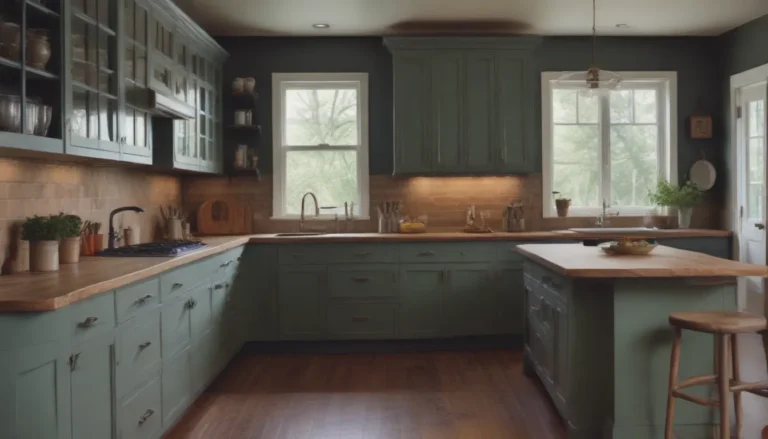Everything You Need to Know About Laminate Flooring: A Comprehensive Guide

Are you considering laminate flooring for your home but unsure if it’s the right choice for you? In this in-depth article, we will explore everything you need to know about laminate flooring, including its pros, cons, comparison to other flooring types, materials, installation methods, and more. By the end of this guide, you will have all the information you need to make an informed decision about whether laminate flooring is the right fit for your home.
What is Laminate Flooring?
Laminate flooring is a synthetic floor covering made up of a particleboard wood base topped by an image layer and a transparent wear layer. It is commonly used in living areas, kitchens, dining areas, bedrooms, hallways, and other spaces that are not subject to excessive moisture. Originally invented in 1977 by the Swedish company Perstorp, laminate flooring has since become a staple in millions of homes as a dependable and easy-maintenance economy flooring option.
Pros and Cons of Laminate Flooring
Let’s dive into the pros and cons of laminate flooring to help you better understand its benefits and potential drawbacks:
Pros
- Easy to clean: Laminate flooring has a smooth surface that is free of seams, making it easy to clean with just a dry mop or broom. For deep cleaning, a hard surface mopping tool can be used.
- Resists scratches: Due to its tough wear layer, laminate flooring is scratch-resistant, making it ideal for homes with pets and children.
- Easy to self-install: Laminate flooring is easy for do-it-yourselfers to install, as it typically comes with a modified tongue-and-groove style of joining boards.
- Inexpensive: Laminate flooring is relatively inexpensive compared to other types of floor coverings, making it a cost-effective option for homeowners.
Cons
- Base ruined by water: Laminate flooring is constructed largely of moisture-sensitive particleboard and can swell beyond repair if subjected to water for too long.
- Boards may chip: While the wear layer of laminate flooring is tough, the boards themselves can be easily chipped.
- Not suitable for all rooms: Laminate flooring is not suitable for rooms with high moisture levels, such as full bathrooms, laundry rooms, and areas in kitchens prone to water exposure.
- Lower resale value: Compared to solid hardwood or engineered wood flooring, laminate flooring may have a lower resale value.
Laminate Floor vs Other Flooring Types
To give you a better idea of how laminate flooring compares to other flooring types, let’s explore a few key comparisons:
Laminate Floor vs Luxury Vinyl Floor (LVF)
- Vinyl flooring: Luxury vinyl flooring is 100-percent impervious to water, while laminate flooring can be ruined if exposed to pooling water for too long. Both are moderately priced and easy to install, but vinyl flooring is more waterproof than laminate flooring.
Laminate Floor vs Solid Hardwood
- Hardwood flooring: Solid hardwood is made of 100-percent solid wood and can be sanded multiple times. Laminate flooring, on the other hand, has no solid wood and cannot be sanded. While they can look remarkably alike, hardwood flooring is thicker and more durable than laminate flooring.
Laminate Floor vs Engineered Wood
- Engineered wood flooring: Engineered wood flooring has a plywood base topped with a veneer of real wood, while laminate flooring does not have a plywood base or real wood veneer. Both products can look similar, especially premium laminate flooring, but engineered wood is more durable and can be sanded if needed.
Laminate Floor vs Tile or Stone
- Stone or ceramic tile: Stone and ceramic tile are solid, thick, and mineral-based, while laminate flooring is flexible, breakable, and thin. While laminate flooring can mimic the look of tile or stone, it does not contain any actual stone or mineral products.
Laminate Floor Materials
- Laminate flooring consists of four layers: a wear layer, an image layer, a base, and a bottom underlayment. The wear layer is a durable, clear plastic sheet above a photorealistic image of wood or stone added to a wood-chip composite base. Having a good understanding of these layers can help you choose the right laminate flooring for your home.
Installation Method
How to Install Laminate Flooring
- Laminate flooring is usually installed as a floating floor, which is easier for do-it-yourselfers than traditional nail-down installation methods. With the floating floor method, you roll out foam underlayment, tape it together, and lay out the laminate planks, which can be snapped or glued together. This installation method is quick and convenient for homeowners looking to update their flooring.
Subfloor and Underlayment
- Having a good, solid subfloor is essential for laminate flooring installation. Foam or felt underlayment is used to provide a softer footfall and detach the laminate from the subfloor. In some cases, thin plywood underlayment may be installed if the subfloor is not adequate. Ensuring that the subfloor is level is crucial to avoid gaps between boards and ensure a smooth installation process.
Conclusion
In conclusion, laminate flooring is a popular and cost-effective option for homeowners looking to update their flooring. Understanding the pros and cons, comparison to other flooring types, materials, installation methods, and more can help you make an informed decision about whether laminate flooring is the right choice for your home. Whether you’re looking for an easy-to-clean, scratch-resistant flooring option or a budget-friendly alternative to hardwood or tile, laminate flooring offers a range of benefits for homeowners. Consider the information provided in this guide to determine if laminate flooring is the best fit for your home.
By incorporating this detailed information into your decision-making process, you can confidently choose the flooring option that best suits your needs and preferences. Whether you’re a seasoned DIY enthusiast or a first-time homeowner, laminate flooring offers a versatile and practical solution for your home. Make sure to explore different styles, colors, and finishes to find the perfect laminate flooring for your space. With the right knowledge and resources, you can transform your home with beautiful and durable laminate flooring that will enhance your living space for years to come.





